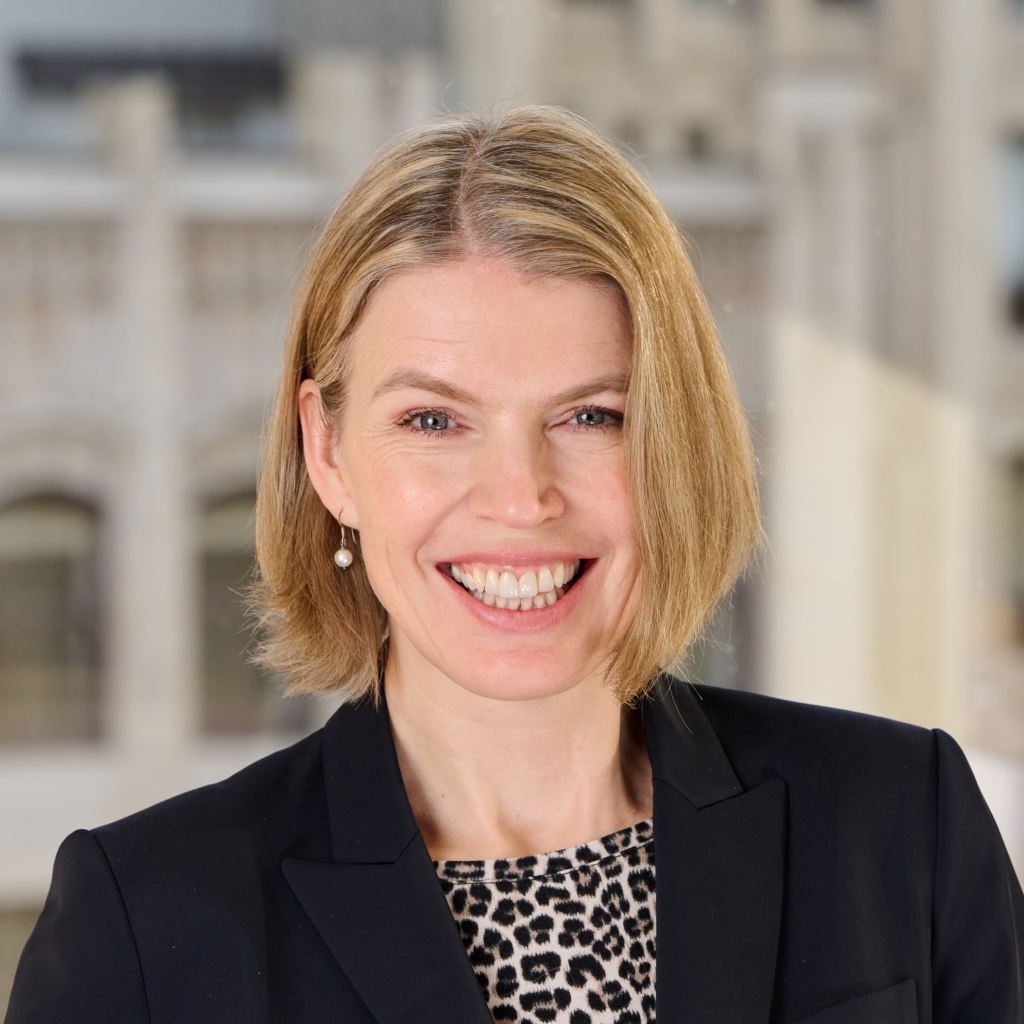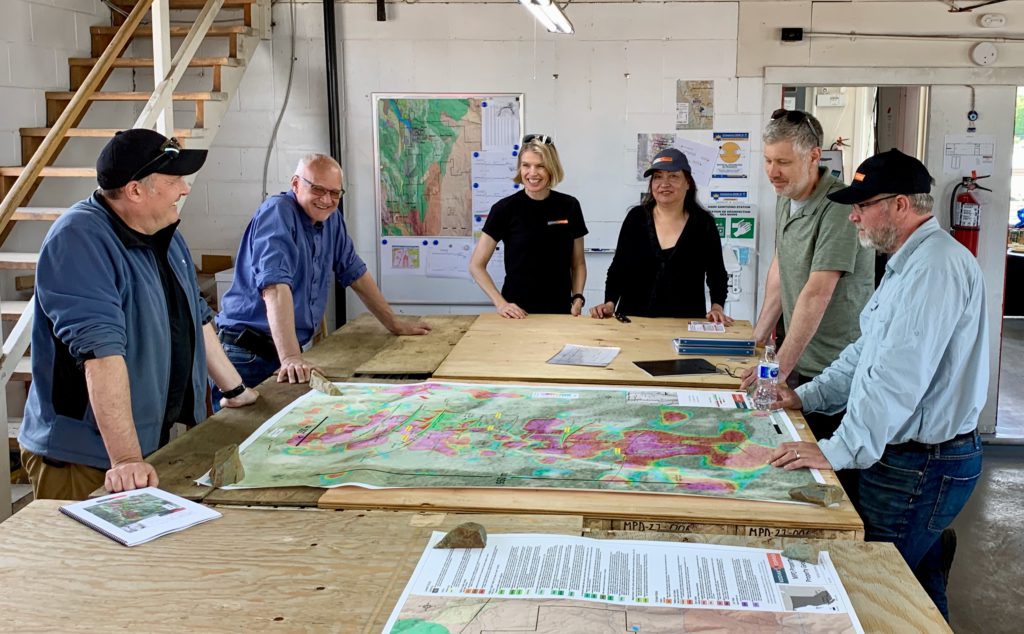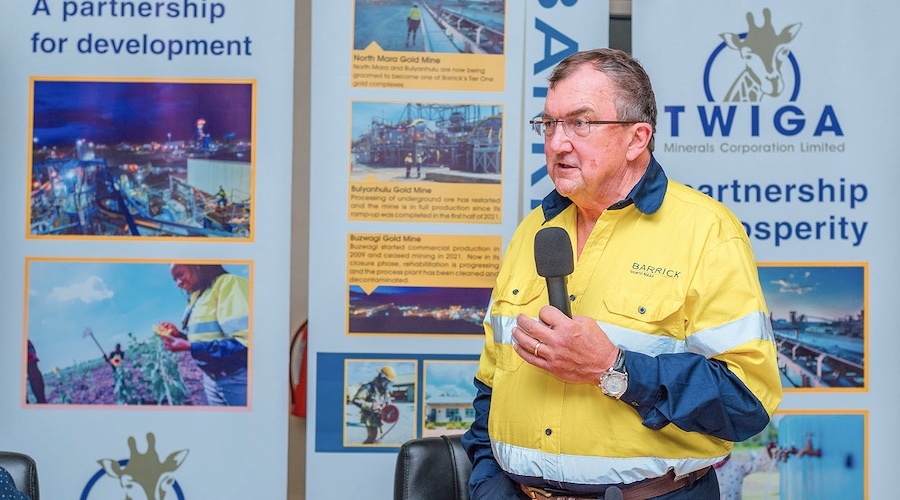Women in Mining Spotlight: Claudia Tornquist

On the theme of highlighting women’s talent and contributions to the industry, and identifying role models for future generations, MINING.com sat down with Claudia Tornquist, president and CEO of explorer Kodiak Copper.
Tornquist’s former industry roles include general manager, business evaluation at Rio Tinto, executive vice president, business development at Sandstorm Gold, and former director of Kennady Diamonds, leading the $176 million sale of the company to Mountain Province. She is currently a director of American Lithium and Silver One Resources.
In philanthropy, Tornquist was founder & director of the Vancouver Polo Club, and the Irregular Art Beat in London, a non-profit art gallery to promote young and up-and-coming artists. She holds a Masters of Engineering from the Technical University of Munich and an MBA from INSEAD School of Business in France.
She was born in southern Germany and grew up in a small town. As a girl, she was interested in everything mechanical, especially automotive gearboxes, and worked on fixing her bicycle, and later her moped. After high school, she studied mechanical engineering, in part inspired by her father, who was also a gearbox designer.
Tornquist shared some career highlights and industry insights in this exclusive interview.
MDC: What led you to a career in mining?
Tornquist: I decided to study mechanical engineering, very much enjoyed it and after I graduated, I started working as a consultant in Germany, primarily in the automotive industry. After I did an MBA I worked for a couple of years in capital markets because I wanted to apply all the finance I had learned. As I just started looking at opportunities to move back into the automotive industry I was approached by a head hunter for a job at Rio Tinto.
I had before never considered the resources industry but I decided to look into it and really liked the people I met at Rio Tinto. It was a very interesting role as well and I ended up joining the company. I’ve never looked back and have been in resources ever since. I had a variety of roles, for example in business evaluation M&A, strategy and business development.
MDC: Can you tell us about your decision to move from a major mining company to take control of a junior?
Tornquist: I was attracted by the entrepreneurial side of the mining industry, more than working for a big company. I really enjoyed working for Rio Tinto and my time there and I learned a lot, but even as a general manager, which is quite a senior position already, you still have a relatively narrow area of responsibility.
I really wanted to work in a context where my responsibility is broader, and where I can see more the difference I really make being at the sharp end of the stick, if you will. If you lead a junior mining company, and if you do a good job, you can see the effects. If you do a poor job, you can see it. Whereas if you’re in a big company you don’t really see the difference you make so much.

MDC: Any initiatives you’re particularly excited about?
Tornquist: We made a high-grade discovery, the Gate zone, in late 2020 at our MPD project in southern British Columbia and have been very busy drilling almost 50,000 meters since. We were very successful in extending and delineating it and made some more discoveries nearby. We have a very large property with many other targets which have equally as much discovery potential as the Gate zone and we will drill several of those this year with the aim to discover the next high-grade zone. So this will be a very important and somewhat pivotal year for the company.
MDC: Through the years you’ve been in the industry, how have you seen it change or evolve?
Tornquist: I am seeing a change in that people value and strive for diversity a lot more in recent years than in the past. I can certainly say from first-hand experience that a lot of opportunities come to me because people actively are looking to have diverse talent on their boards or in their companies now, compared to 5-10 years ago. Diverse teams or boards make better decisions and get better shareholder returns — there’s no question that diversity pays.
MDC: What challenges and opportunities do you see for women in the mining industry?
Tornquist: It’s certainly a very male dominated industry. However, I think the momentum is changing and as I said people value diversity and really try to get the best talent on their management teams and boards. But it’s a slow process and people don’t like change and like to stick with what they’re most familiar with. I think it’ll take time before really we have a significantly higher number of females in the industry, you have to be patient.
I don’t know whether being a female in a male dominated industry has more disadvantages or advantages to it, right now I almost feel it’s an advantage. Maybe in the past there were opportunities that didn’t come to me because people just didn’t think of the out-of-the-box candidate but rather of the more traditional candidates. In the end I think it’s your work that counts most. It’s whether you’re smart, whether you’re ambitious, that ultimately determines whether you’re successful.
MDC: What do you think some of the biggest misconceptions about the mining industry are?
Tornquist: I think one of the biggest misconceptions is that it’s a dirty industry. And another misconception is that people just don’t realize how important the industry is. Everything, whether it’s your house, your car, your phone — everything in modern life, you need mining to make it work.
Many years ago mining was a dirty industry, but I think that is very much changing. And nowadays, unless you are a responsible company, do things right, look after the environment, minimize your carbon footprint, and work with Indigenous communities you just won’t be successful. I think that this image of mining being a dirty industry, that’s very much antiquated and that’s not how things work anymore.
More News
{{ commodity.name }}
{{ post.title }}
{{ post.date }}



Comments